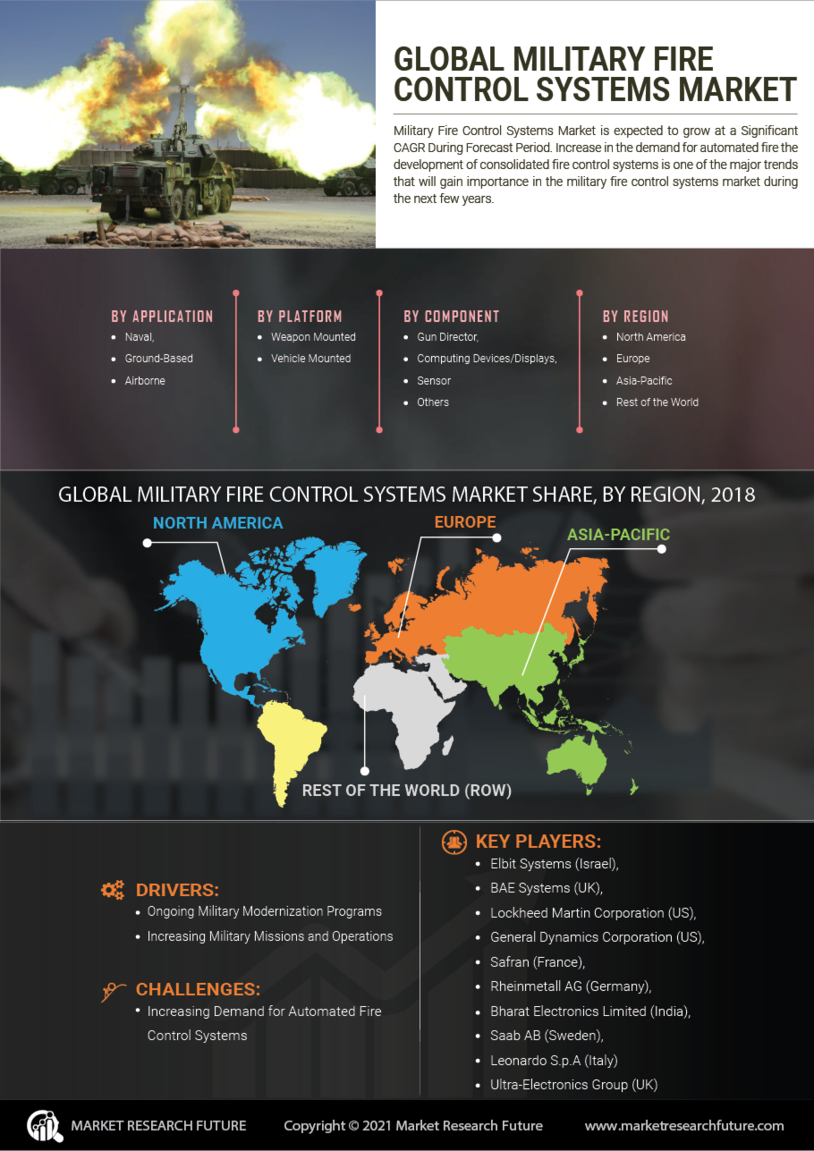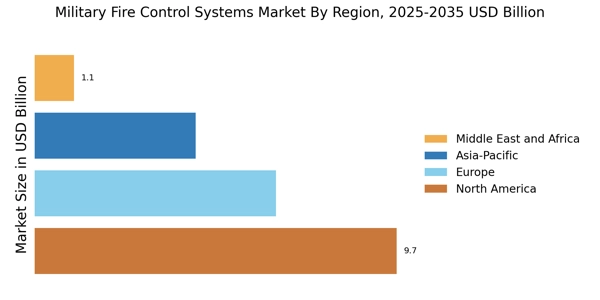The Military Fire Control Systems Market operates within a highly competitive landscape where advancements in technology, increasing defense budgets, and the rising need for precision strike capabilities define market dynamics. As nations seek to modernize their military capabilities, the demand for sophisticated fire control systems has surged, leading to an influx of innovative products and solutions.
The competition amongst leading firms is characterized by strong research and development investments, strategic partnerships, and a focus on delivering integrated systems that enhance operational effectiveness. This competitive environment compels players to adopt advanced technologies like artificial intelligence, automation, and data analytics to improve their offerings.
The positioning of firms in this market hinges on their expertise in specialized system designs, engagement range, and the incorporation of multi-domain operations, which ultimately play a critical role in determining their market share and growth trajectory.
General Dynamics stands out in the Military Fire Control Systems Market with a robust portfolio that emphasizes high-tech solutions tailored for modern warfare. The company's strengths lie in its extensive experience in defense systems integration, which allows it to offer complementary technologies that enhance the overall performance of fire control systems.
General Dynamics is adept at addressing the evolving needs of military forces through agile development processes that ensure timely delivery and responsiveness to client specifications. Its commitment to innovation is reflected in ongoing collaborations with government and military organizations, where it capitalizes on its existing technologies to create cutting-edge solutions.
The company's established reputation, solid financial backing, and emphasis on customer satisfaction further strengthen its position as it continues to maintain a competitive edge in an increasingly complex and demanding market landscape.
Chinese Electronics Technology Group Corporation holds a significant position within the Military Fire Control Systems Market, leveraging its extensive background in electronics and communication systems. The corporation focuses on the integration of advanced technologies to create fire control systems that cater to various branches of the military.
Acknowledged for its state-of-the-art research and development capabilities, Chinese Electronics Technology Group Corporation is poised to innovate and adapt its offerings to match the rapid technological advancements in military applications.
The firm benefits from robust support from the Chinese government, enabling it to invest in large-scale projects and foster long-term relationships with military clients. This strategic alignment with national defense initiatives not only enhances its market presence but also ensures that its products meet rigorous operational requirements.
With strong technical capabilities and a vision for expanding its market share internationally, Chinese Electronics Technology Group Corporation is well positioned to continue making significant contributions to the evolving fire control systems industry.


















Leave a Comment